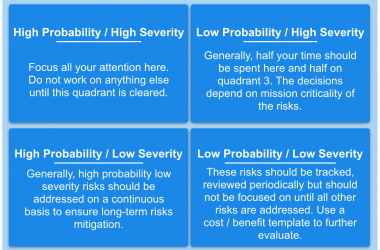Why use Six Sigma templates?
Quality engineering is both an art and a science. Document process improvement projects properly and effectively with our Six Sigma templates. Six Sigma refers to the methodologies around process improvements, where sigma represents the standard deviation from the norm. Sometimes, it’s referred to as the “five nines” in product quality because 99.99966% of the product or process is within specifications. Most of the time, Six Sigma can be viewed as a goal that you strive for, or a way to describe a way of thinking, rather than an actual quality measure.
It’s incredibly important that in applying Six Sigma to your existing process or product that you stand on the shoulder of giants, and leverage the existing tools and Six Sigma templates that already exist. We strive to build as complete of a resource here as possible on the templates available for Six Sigma.
The applications are endless, and thus you can use the same templates and apply them to new problems. You can also think of it as a fractal — which means that you can use the same tools to evaluate at the highest level, and use the same tool as you drill down lower and lower into the details.
Six sigma project templates and examples
We’ve collected a series of templates for both your DMAIC and lean Six Sigma projects below. Each template can be drilled down further, and you can generally launch a blank copy and use it right away. We’ll also add new templates as well as invite domain experts share their opinions on the best uses for the Six Sigma templates. To contribute or give us feedback, reach out to us at editor@templates.app
Scroll down to see the latest Six Sigma templates. We’re always adding more.

